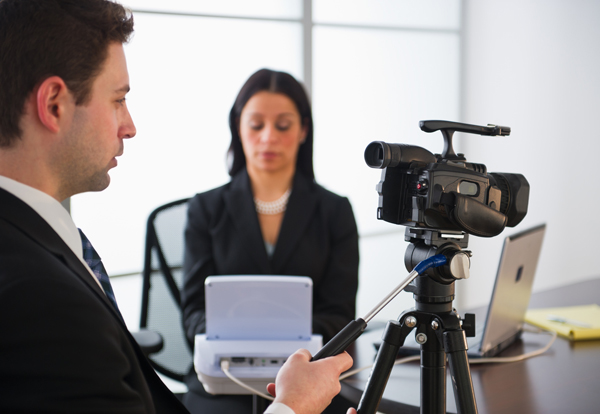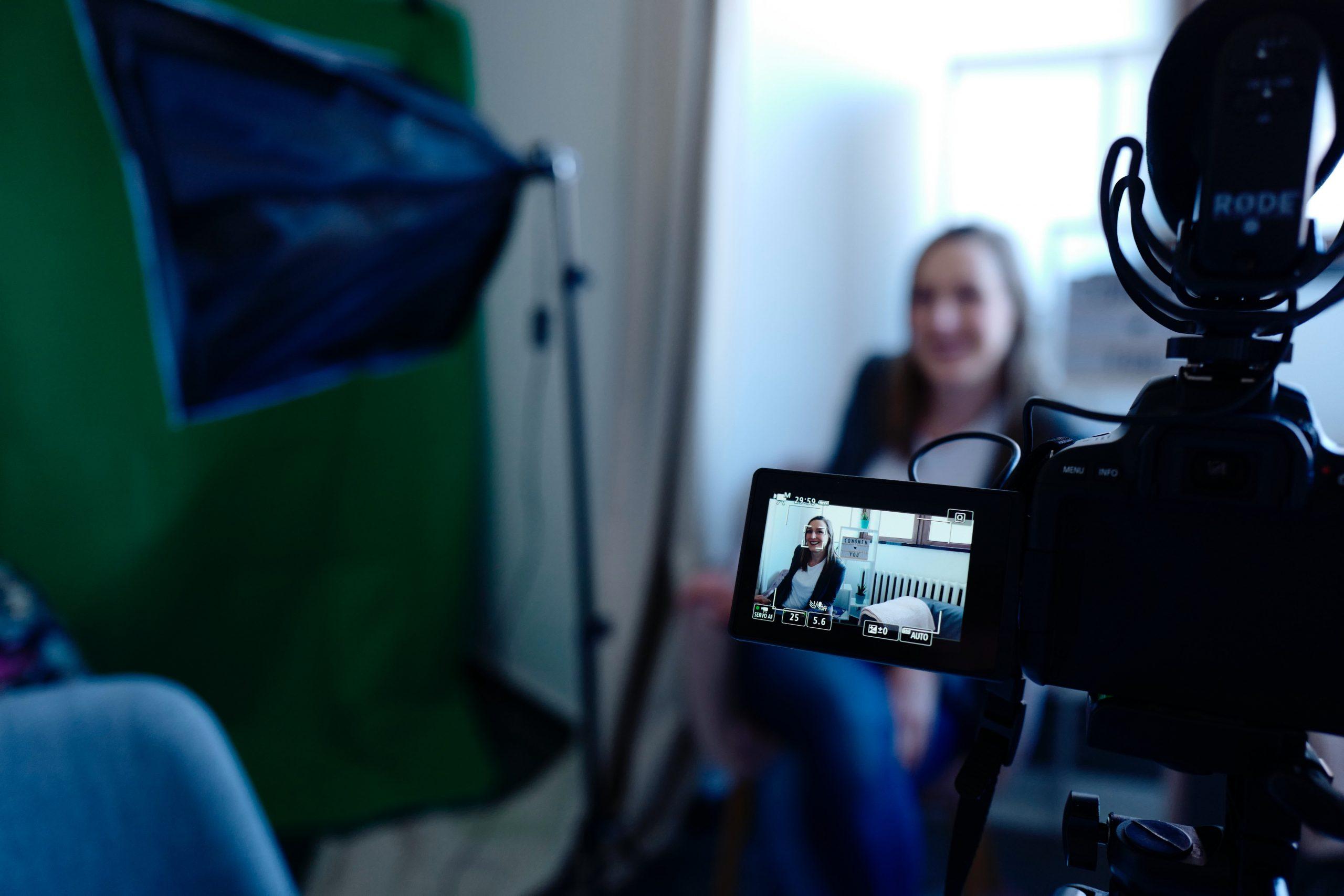Why Legal Videography Is Essential for Accurate Legal Record-Keeping
In the realm of lawful proceedings, the precision of record-keeping is vital, and legal videography arises as a crucial tool in this context. As we discover the diverse advantages of lawful videography, one must consider its ramifications for the future of judicial integrity and openness.
Relevance of Visual Proof
Establishing the value of aesthetic proof in lawful proceedings is extremely important for making sure accurate record-keeping and improving the overall stability of the judicial procedure. Visual evidence serves as an important device in documenting events, problems, and various other important details that might be necessary to a situation. Unlike created accounts, which are at risk to analysis and predisposition, aesthetic recordings provide an objective, unalterable representation of truths as they happened.


This kind of evidence can capture a selection of aspects, including witness behavior, environmental context, and physical proof, every one of which might influence judicial end results. By presenting a clear and comprehensive visual story, lawful videography gets rid of obscurity and assists to preserve the authenticity of the evidence.
Moreover, aesthetic evidence can be critical in lowering disagreements over accurate disparities, as it enables a direct comparison against testament and various other documented records. In an era where electronic modern technology is significantly prevalent, the capability to present visual evidence effectively can substantially boost the overall top quality of legal process. Ultimately, the consolidation of visual proof not only bolsters the documents procedure however likewise reinforces public rely on the judicial system by advertising openness and responsibility.
Enhancing Statement Credibility
The combination of lawful videography into court room process dramatically boosts the credibility of witness testimony. By catching the nuances of verbal and non-verbal communication, video clip recordings provide an even more detailed depiction of a witness's attitude, feelings, and dependability. This aesthetic documentation enables jurors to observe the witness's body movement, face expressions, and total manner, which are important components that can influence their perception of testimony trustworthiness.
Moreover, legal videography lowers the possibility for false impression or distortion of testament that might take place in written transcripts. Viewers can see and listen to the testament as it existed, ensuring that the context and tone are maintained. This credibility promotes a better sense of trust among jurors, that might be a lot more inclined to think testament that they can witness firsthand.
Furthermore, the existence of video footage can hinder witnesses from supplying misleading or overstated declarations, as they realize that their testimony is being taped. This responsibility enhances the honesty of the judicial process. Eventually, lawful videography works as a crucial device in guaranteeing that witness statement is not just properly portrayed but likewise checked out with increased credibility by all celebrations entailed.
Comprehensive Record Preservation
Comprehensive record preservation is essential for maintaining the integrity of legal process. Lawful videography offers as a vital device in this process, giving an exact aesthetic and acoustic account of statements, depositions, and various other pivotal minutes in a situation. Unlike traditional written transcripts, video recordings capture the subtleties of body movement, tone, and emotion, which are essential for comprehending the context and intent behind statements made throughout legal proceedings.

Furthermore, the capacity to examine video proof enables attorneys to identify critical information that might have been ignored in composed documents. By preserving a detailed why not try here archive of lawful process with videography, law practice can support the highest criteria of precision and accountability, inevitably contributing to a fairer judicial procedure.
Improving Lawful Process
Improving lawful proceedings is important for improving effectiveness and lowering delays within the judicial system. Legal videography acts as a critical device in attaining this objective by supplying clear and accurate aesthetic documentation of court hearings, depositions, and testaments. This modern technology enables real-time recording, guaranteeing that all verbal and non-verbal hints are caught, which can assist in quicker resolution of disputes.
The assimilation of videography right into legal procedures reduces dependence on typical methods, such as lengthy records, which can be lengthy to create and evaluate. By having actually access to recorded footage, lawyers can promptly reference crucial minutes, improving their capacity to prepare and present situations successfully. This immediacy additionally assists in the making clear of statements, reducing the potential for misinterpretation.
Additionally, visual documentation promotes a much more engaging court room experience for jurors, assisting them to comprehend complex details much more readily. Eventually, lawful videography simplifies communication among all parties entailed, from attorneys to courts to jurors, thus advertising a much more effective judicial procedure (legal videography). In a period where time is essential, embracing this find more info innovation is essential for the contemporary lawful landscape
Admissibility in Court
Exact documentation is important not only for effectiveness however additionally for ensuring that proof is admissible in court. Legal videography offers as an essential device in this procedure, giving a dependable visual record of statements, declarations, and occasions.
To be considered permissible, lawful videography has to adhere to well established procedures, such as correct devices usage, suitable lighting, and clear audio capture. Additionally, it is important to have qualified videographers who go to these guys understand the lawful requirements surrounding evidence collection. The chain of safekeeping need to additionally be maintained to avoid any insurance claims of meddling or modification.
In addition, legal videography can boost the persuasiveness of evidence by giving jurors with a straight view of the testimony, allowing for a more engaged understanding of the instance. In recap, the combination of lawful videography into record-keeping not just supports efficiency however also strengthens the honesty and admissibility of evidence in court process.
Conclusion
In final thought, legal videography plays a crucial role in making certain accurate legal record-keeping by supplying unbiased aesthetic documentation. Eventually, the incorporation of legal videography right into the judicial procedure promotes openness and boosts public count on in the stability of the legal system.